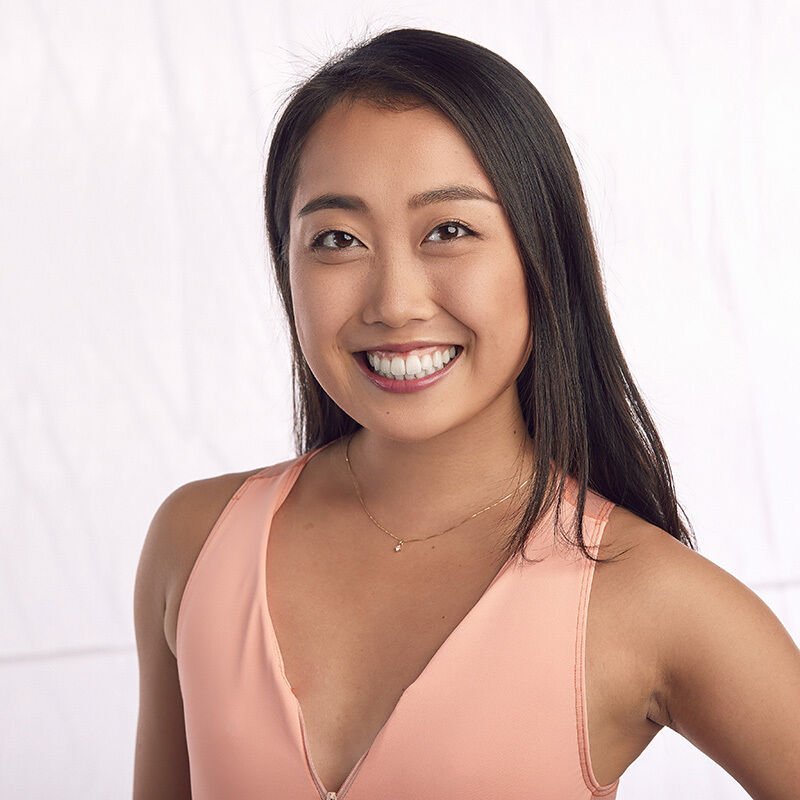Say It: ˈmo͞ovmənt
Our Say It series continues this spring with the debut of Iori Araya’s ˈmo͞ovmənt. In preparation for the premiere, we sat down with the choreographer to chat about the power of movement when speaking out, social injustices that played a role in her piece, and the filming and editing process. To catch Iori’s piece entitled ˈmo͞ovmənt, join us on February 9th.
Our Choreographer Q&A with Iori Araya:
You chose the pronunciation of the word movement when naming your piece. Why?
I chose to put the pronunciation symbols as the title since the theme of the series was “say it.” “Movement” was how I chose to do so. The pronunciation symbols also indicate how to “say” the word. Movement has two different meanings, taking action or moving as in dancing! My piece demonstrates both of these.
What do you hope to portray to the audience with ˈmo͞ovmənt?
I hope my piece prompts the audience to think about how they’re taking action. With last year’s social injustice situation, I want to express that it’s okay to not speak out with words but rather express your opinion in other ways. People are good at different talents, some public speaking, others not so much. I’d just encourage people to find out what they’re good at and take action in that way. You can, for example, say something through movement and dance.
Speaking out about social injustice is very important to you. How do you use action and movement to express this mentality?
At first, I was scared to say anything because I felt I didn’t know enough about the social injustice situation around me. But with so many people speaking out, I researched and read as much as I could, books like So You Want to Talk About Race that really inspired me. From there, I determined what I could do as an individual.
I can speak both English and Japanese, so I felt it was my job to translate to my family and friends in Japan. I delivered the news by reposting articles through social media so my Japanese friends would understand what was happening in America.
I also started an Instagram account with a Japanese friend with the purpose of delivering American news and promoting black-owned businesses so Japanese people have the resources to support the movement.
While many people are afraid to talk about race, just as many use talk to hide from what they really fear: action.
How did you go about selecting the music and style of dance for your piece?
I have always loved Prokofiev and wanted to create a piece based on his music for a while. Music is extremely important when choreographing a dance. It gives me inspiration and leads me naturally through the development of the performance.
I would classify the style of dance as neoclassical, in between classical and contemporary. I personally enjoy that genre of dance.
What was it like playing the role of choreographer rather than company dancer?
This was my first time choreographing a piece for a company production. I am not the best with improv when workshopping the piece in the studio, so I prepared the choreography extensively beforehand. I took endless notes on the timing and angles. I also wanted two inspiring dancers-Cecily and Dylan-who would influence the choreography that much more.
What was the filming process like during the pandemic?
As I mentioned, I planned every bit of videography and choreography out to the tiniest detail. It was hard at first before I started, but once I did, I already knew what cut I wanted. The dancers were dancing in my head early on, so I’d write it down to prepare. I’ve seen so many videos and movies of dancers, so the end result was a mixture of my experience in life with each of those things I enjoyed watching.
Why do you think now is such an important time for creativity?
During the pandemic where news is sad, depression is high, and everything feels negative, we need art and we need dance. We are missing that in the world right now. Art is essential.









